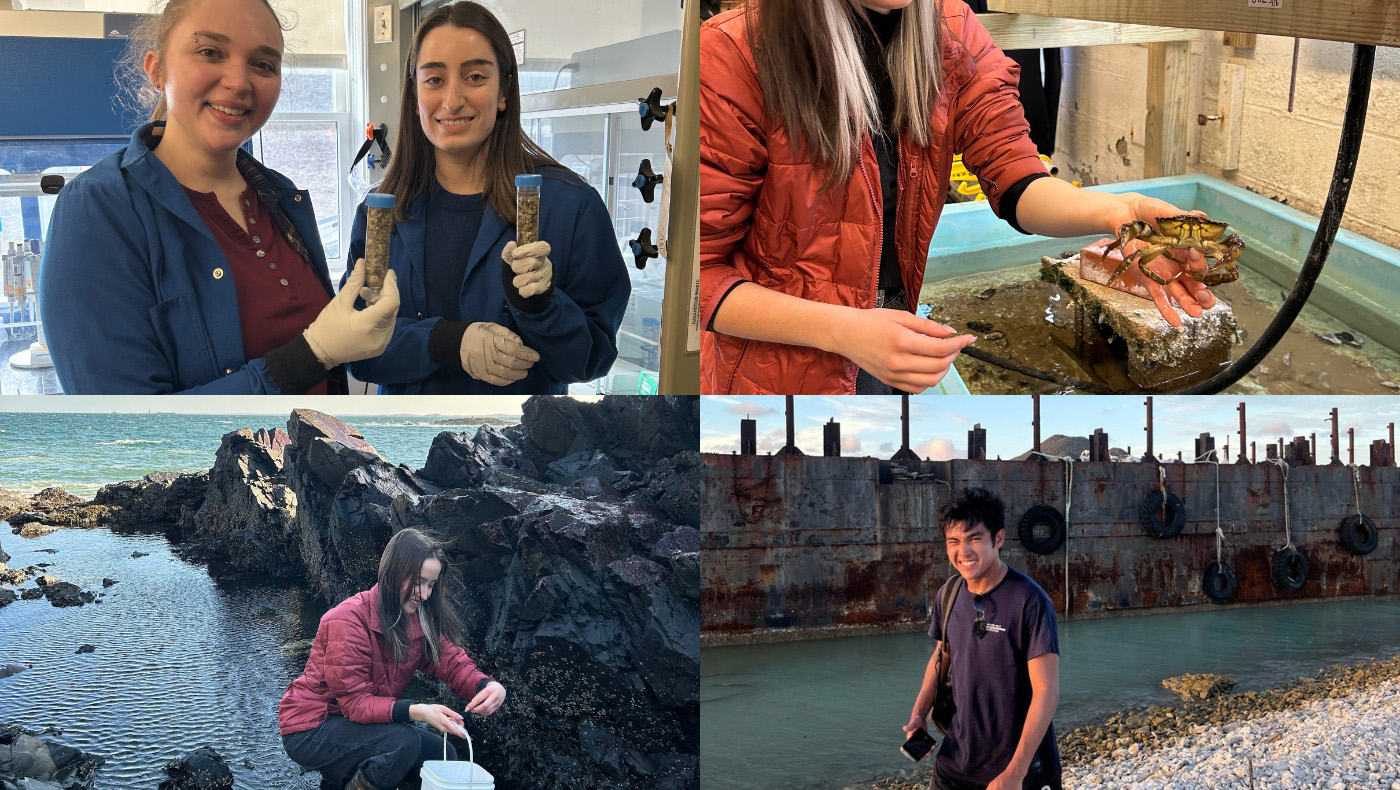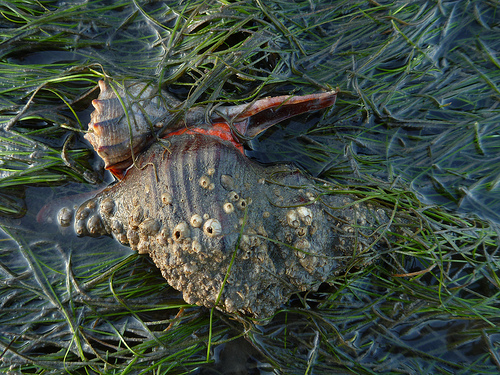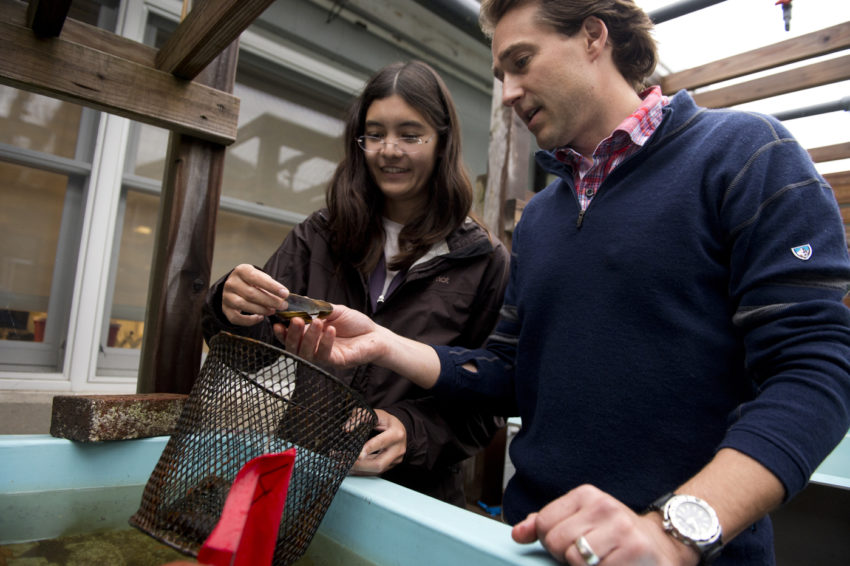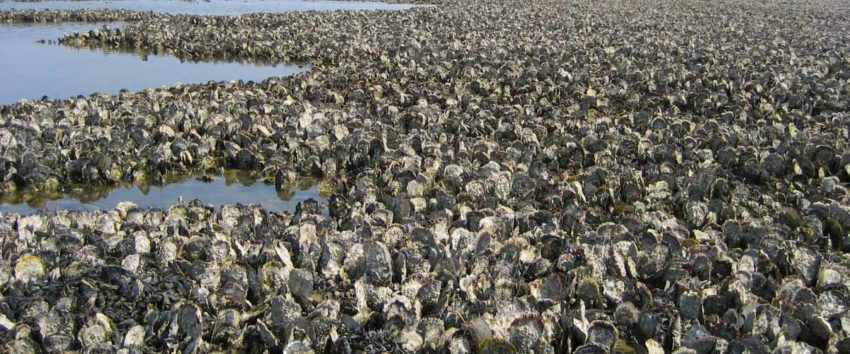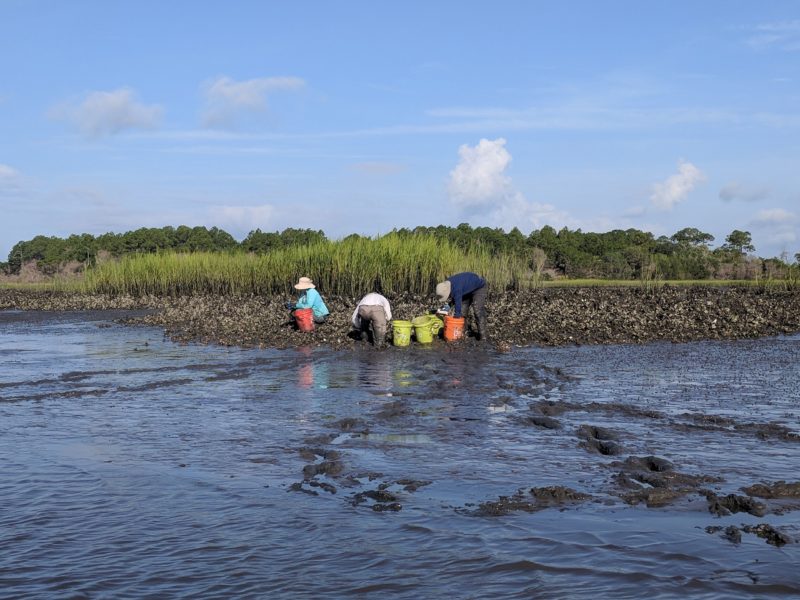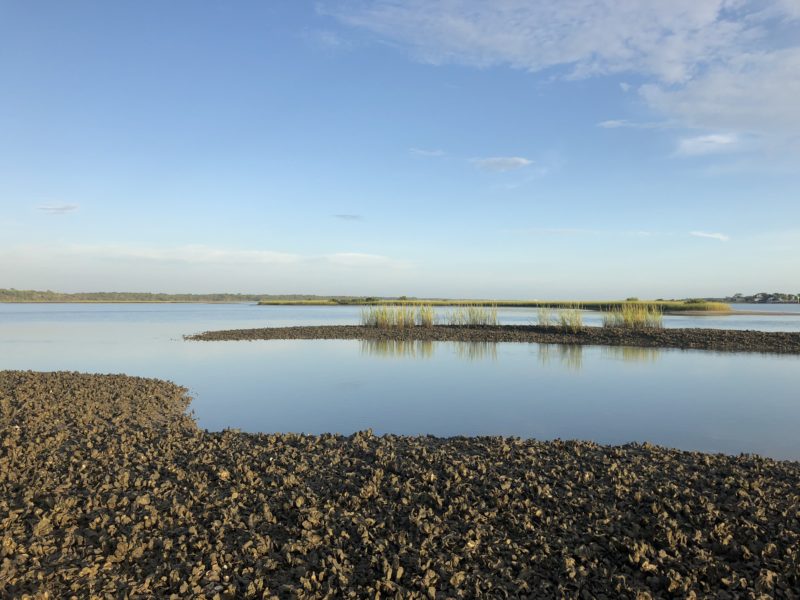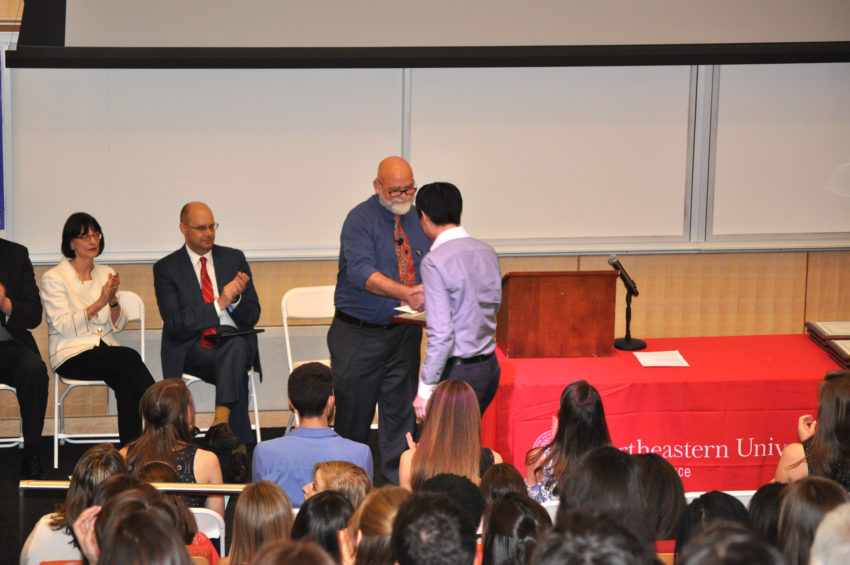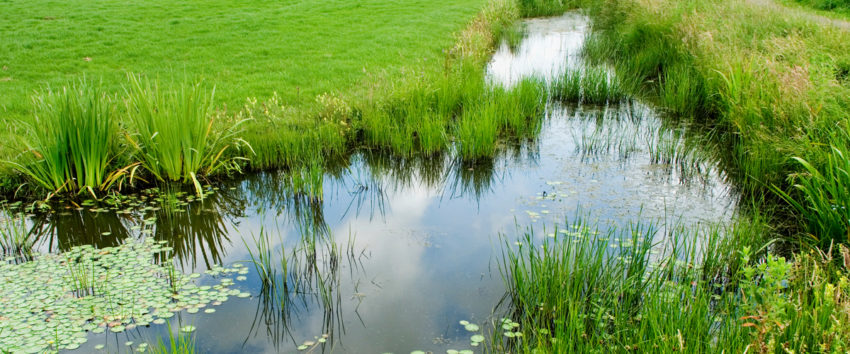News
Can Latitude Predict Successful Invasion?
A study by a team of Northeastern faculty, postdoctoral researchers, and students examines the role that geography plays in how successful the spread of the invasive reed, Phragmites australis, may be.
August 11, 2016
Marine biology undergraduate receives Provost’s Award for early research
By Danielle Lynch Nicole Peckham, a marine biology major, has been awarded Provost Early Research/Creative Endeavors Award for her project entitled “Zonation Patterns Between a Native and Invasive Crab Species in Cape Cod Salt Marshes.” The competitive award supports students, especially first- and second-year undergraduates, in an original research project under the guidance of a […]
January 26, 2016
Marine biology undergraduate receives Provost's Award for early research
By Danielle Lynch Nicole Peckham, a marine biology major, has been awarded Provost Early Research/Creative Endeavors Award for her project entitled “Zonation Patterns Between a Native and Invasive Crab Species in Cape Cod Salt Marshes.” The competitive award supports students, especially first- and second-year undergraduates, in an original research project under the guidance of a […]
January 26, 2016
Historical data reveals big changes in a Florida seagrass community
Recent work by MSC researchers highlights the value of employing historical data to assess community wide impacts of habitat loss in coastal habitats.
January 19, 2016
Carnivorous conchs to blame for oyster decline
David Kimbro, a marine and environmental science professor at Northeastern University, has solved the mystery of why reefs in Florida inlets were experiencing large numbers of oyster loss. Drought and subsequent high salt levels in water led to a population spike in one of the oysters’ main predators: conchs.
August 14, 2015
Coupled physical-biological influences on oyster populations
A team of researchers, including three MSC faculty, have quantified the relationship between physical and biological factors influencing oyster distribution and abundance in the South Atlantic Bight.
May 08, 2015
A tale of two foundation species
A recent faculty publication examines the unique roles played by two co-occurring foundation species in mangrove forests, revealing that not all foundation species are created equal.
September 03, 2014
Stuck in the middle with oysters and crabs
Oysters and "The Brady Bunch"? Assistant Professor David Kimbro and colleagues have us covered
May 09, 2014
Stuck in the middle with oysters and crabs
Research from Northeastern University ecologist David Kimbro, along with colleagues Jon Grabowski and Randall Hughes, shows that the behavior of middle predators in marine food webs plays an important role in the welfare of the whole system—and that, like our behavior, middle predator behavior is pretty fickle.
May 08, 2014
Where Go the Oysters Go the Parasites
Ever wonder how a parasite finds its host in the ocean or why some hosts have more parasites than others?
February 04, 2014
Where Go the Oysters Go the Parasites
Ever wonder how a parasite finds its host in the ocean or why some hosts have more parasites than others? According to a recent study, it may be simpler than you think.
February 04, 2014
Researchers and Oystermen Fighting for Apalachicola Bay
A guest post by David Kimbro, as featured in the blog In the Grass, On the Reef
May 16, 2013
Why invader species may be taking dinner off your table
The species that live on our coasts provide benefits that most of us are unaware of.
March 26, 2013
Invasive Species: Understanding the Threat Before It’s Too Late
Catching rides on cargo ships and fishing boats, many invasive species are now covering our shorelines and compromising the existence of our native marine life. In a study published in Ecology Letters, Northeastern University Prof. David Kimbro and his team examine what factors allow some invasive species to survive in their new environments and others to fail.
March 22, 2013


